My Process of Material Investigation
Materials are the catalyst to my art practice; creating connections and leaps of faith that allow me to transform them into something ethereal and full of possibility. This journey of discovering enables me to investigate materials through processes that are simultaneously flexible and constrained and feature in all my work.
The processes behind my practice
I am captivated by the idea of iteration, a concept with many variants but which I relate to plate tectonics. Repetition and directionality, working to create iteration, with each result different to the last.
My work follows this concept by focussing on repeated actions, either in the interaction with the material or in the production of multiples.
By working between these poles, I find exhilarating opportunities that perhaps wouldn’t happen with too many constraints.
As I develop my understanding and process, each repetition feeds my journey so that my latest work is the culmination of a huge amount of tests, emotions, accidents and successes.
A huge part for me is to immerse myself completely in making, enabling me to strengthen my connection with the material and its potential. It is in these moments of immersion that I feel happiest, unaware of outside influences and solely focussed on my immediate surroundings.
At the start of my art practice, I felt the need for control, putting rules in place that allowed me to be comfortable in my approach, working digitally with objects found in my surroundings, creating layer upon layer of new information with repeated actions. This enabled me to transform recognisable subjects in such a way that they were obscured, presenting something new and without context. It was during this that I understood that transformation was crucial to my practice.
My process has been coloured by the need to control less; this isn’t about removing rules but about choosing rules or boundaries that enable me to be freer and at times chaotic. This creates a dialogue with the material and fosters the possibilities of ‘happy accidents’. This is where my background in art, science and engineering coalesces. By working within a semi-technical structure, I can satisfy the different parts of my personality. The primary example of this is petri dishes which provide a structure within which the chaotic and free can happen.
My relationship with control has developed to become a dialogue between chaos and order. On the one hand, my mind has a tendency to work in an ordered way, and on the other, I know that by embracing chaos I can push myself beyond what I think is possible. As I have developed my process I have moved from behaving passively and in some ways hiding behind the work, I produce. I am more active, using my skills and increasingly my body as part of the process. This is evident in the way I paint, using my whole body to dictate the forms I can create and in clay where the use of my hands and my senses dictate the forms and how the elements relate to each other.
